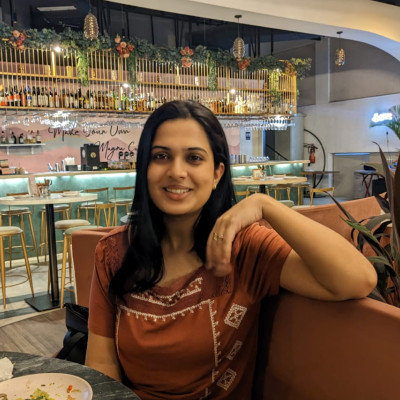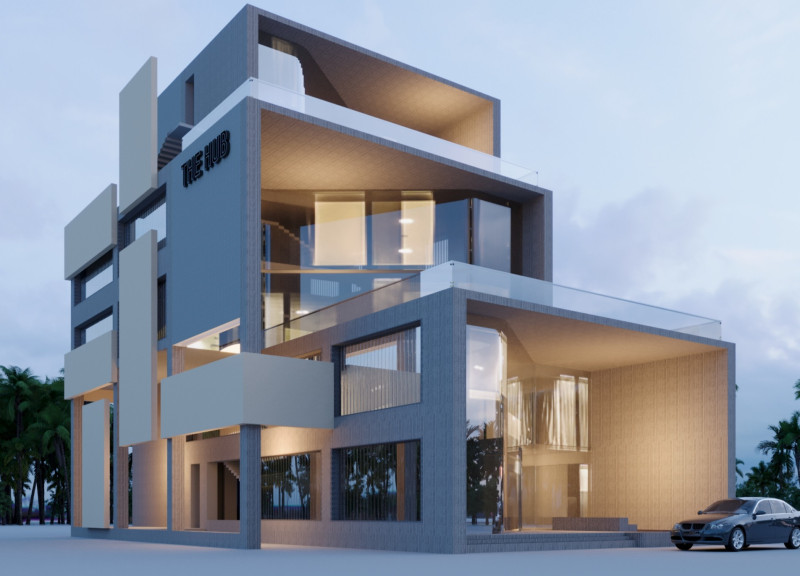5 key facts about this project
One of the fundamental aspects of the project is its multifaceted function, serving not only as a space for [insert primary function, e.g., residential, commercial, cultural], but also as a gathering point for the community. The architecture is designed to encourage interaction, with open communal areas that promote social connections while providing necessary privacy in more intimate spaces. This duality in function illustrates a key aspect of modern architectural design: creating environments that cater to diverse user needs.
The overall form of the building is intentionally designed to engage with the landscape. It features a series of terraces and overhangs that facilitate a seamless transition between interior and exterior spaces. This thoughtful layout allows natural light to flood the interiors while providing shaded outdoor areas for relaxation and gatherings. The careful consideration of light and shadow demonstrates a mastery of architectural design, enabling the building to remain comfortable and inviting throughout the day.
Materiality is another critical component of the project. A range of materials has been employed, each selected for their sustainability, durability, and aesthetic appeal. The façade incorporates locally sourced stone, which not only grounds the building in its environment but also speaks to the region's architectural heritage. Large expanses of glass are strategically placed to create visual continuity with the surroundings while enhancing energy efficiency. The use of timber accents throughout the design adds warmth and a tactile quality that contrasts beautifully with the more robust materials.
Unique design approaches are evident in several elements of the project. One notable feature is the implementation of green technologies, such as rainwater harvesting systems and solar panels, which reduce the building's carbon footprint and serve as a model for future developments. The roof garden not only supports biodiversity but also provides residents and visitors with a serene escape from the urban environment, fostering a connection to nature.
The interior spaces are equally well considered, with layouts that prioritize functionality without sacrificing aesthetic qualities. Open floor plans facilitate an easy flow from one area to another, encouraging adaptability for different uses and events. The thoughtful selection of finishes and materials creates a cohesive yet varied interior experience, allowing each space to have its own identity while still being part of a unified whole.
Moreover, the project embodies a strong narrative that resonates with its users. It reflects a journey of exploration and discovery, prompting individuals to engage with the space in meaningful ways. The design pays homage to the cultural and historical context of its location, enhancing the identity of the neighborhood while drawing in visitors who appreciate thoughtful architecture.
This project exemplifies the interplay between form, function, and context that is central to successful architectural design. It stands as a testament to what can be achieved when architecture is rooted in a thorough understanding of the environment, community needs, and sustainable practices. For those interested in exploring the nuances of this design further, reviewing architectural plans, sections, and other architectural ideas will provide deeper insights into the project’s comprehensive approach and detailed execution. Engage with the project presentation to uncover the thoughtful details that contribute to its architectural narrative and visual impact.


 Shivani Patil
Shivani Patil 





















